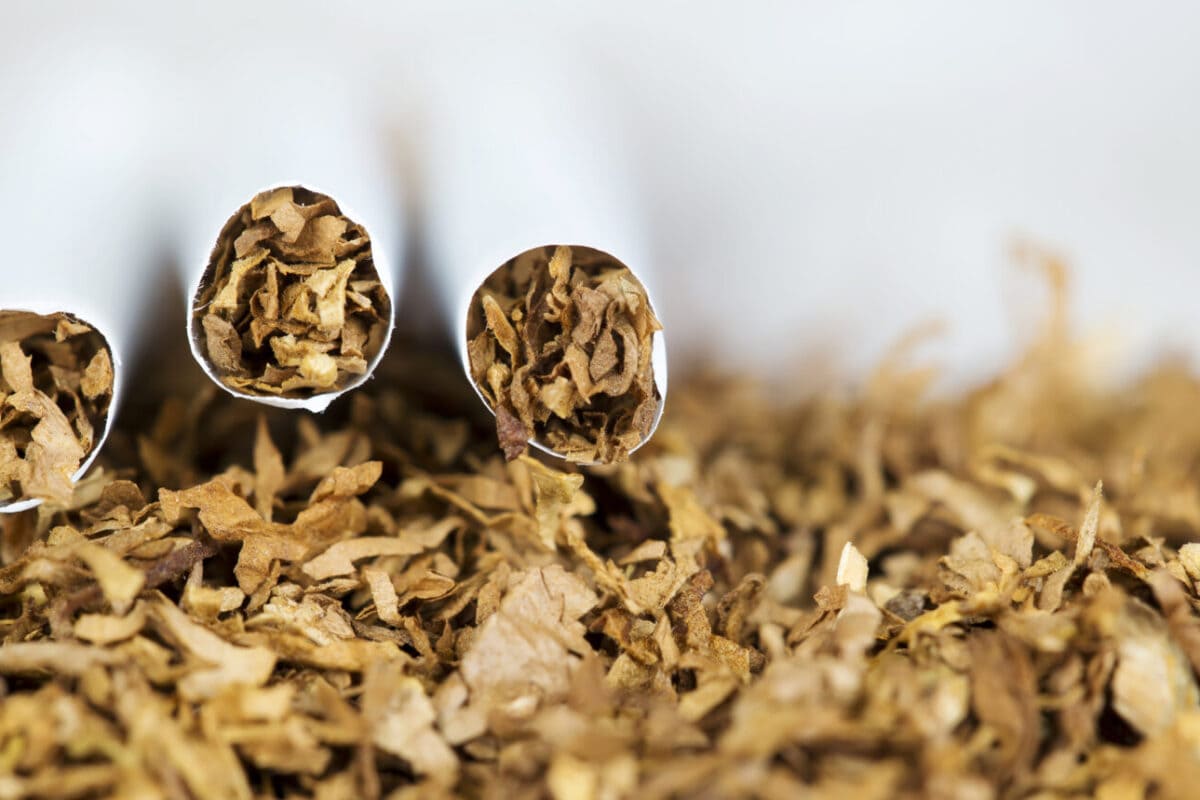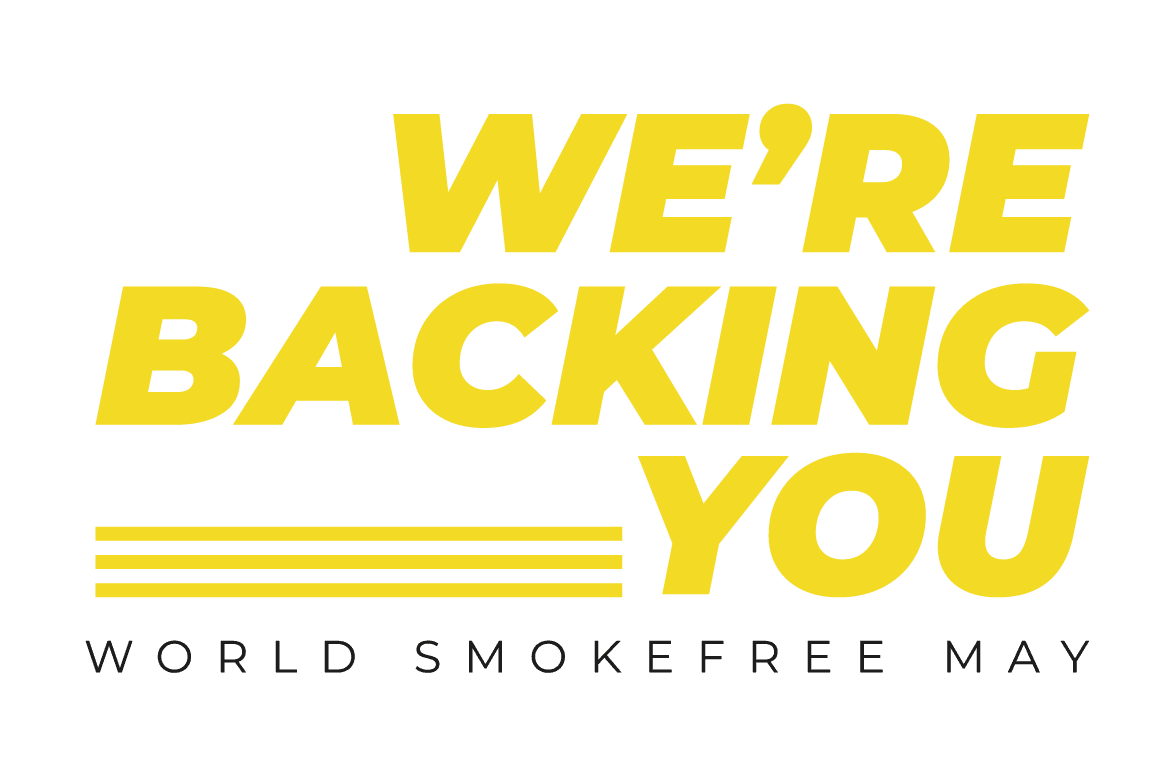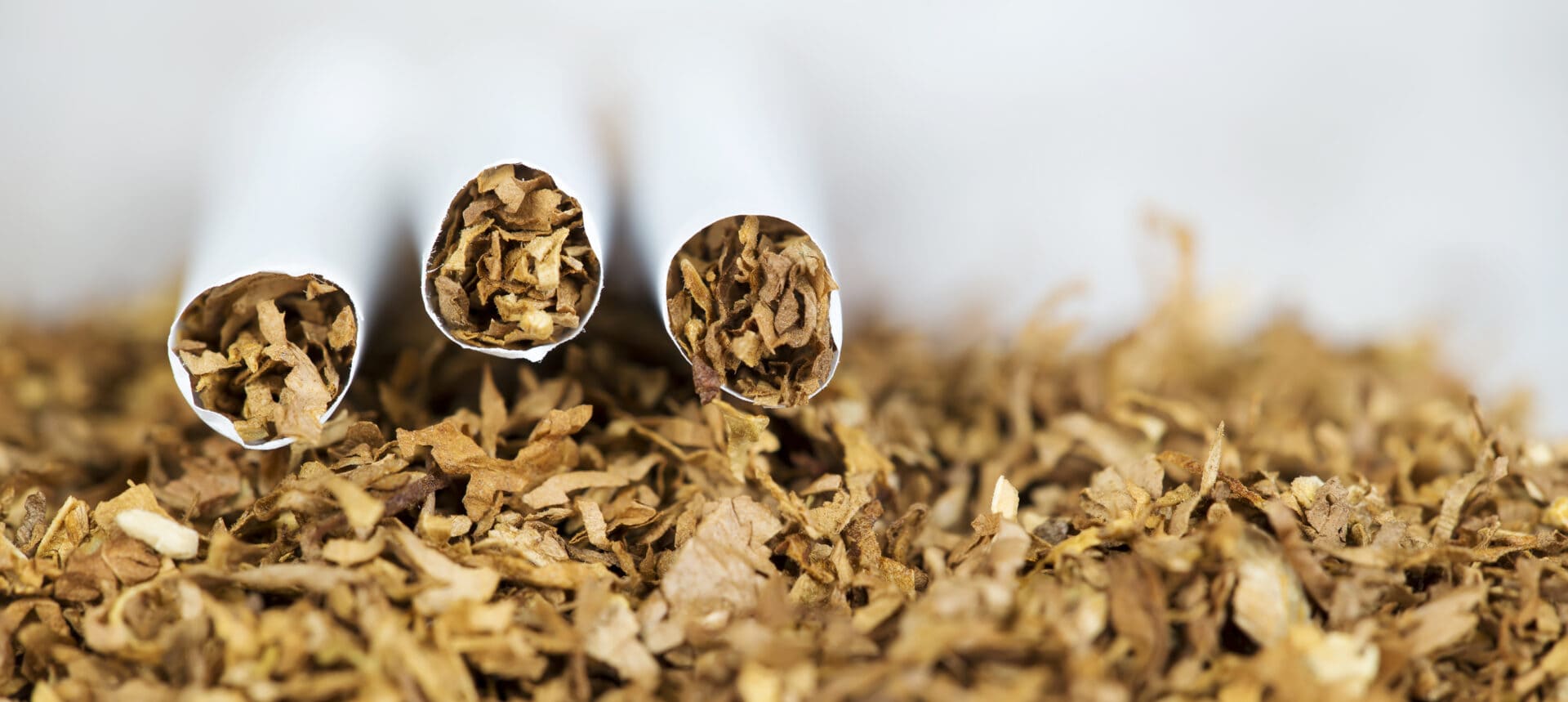Smokefree NZ – Can we reach our 2025 target?

- Written by
- Abby Beswick
Smoking kills 4500 New Zealanders each year. That’s around 12 deaths a day caused by smoking or exposure to second-hand smoke, according to the Ministry of Health. Smoking is a leading cause of preventable death and disease, and causes one in four cancer deaths.
 An ambitious plan
An ambitious plan
The Government has set a goal to reduce the harm that tobacco products cause, by becoming smokefree by 2025. If achieved, it would mean fewer than 5% of Kiwis will be smokers. Under the multi-faceted approach, a key focus is changing legislation that would dramatically reduce the number of retail premises where tobacco products are sold, as well as stricter requirements for manufacturers and importers. The plan also better supports Kiwis to stay smokefree, quit smoking or switch to less harmful alternatives.
Benefits
Most importantly, a smokefree NZ will save lives, in addition to a host of other benefits, says a Ministry of Health (MoH) spokesperson. “It will address inequities in health outcomes, increase family and whānau wellbeing and relieve the high costs of smoking to communities and the health system.” It would also save the country an estimated $5.25 billion from future health expenditure. We’re smoking less – or are we? New Zealand’s overall smoking rate has dropped to a record low of 8%, but this is not the same across all groups, with Maori (19.9%), Pacific people (18.2%) and low socio-economic populations still smoking at high rates, according to the MoH spokesperson. While our smoking rates have dropped, it’s likely that many smokers have switched to vaping, as daily vaping/e-cigarette use has increased. The number of adults vaping daily in 2021/2022 was 8.3% – up from 6.2% the previous year. Rates are highest among those aged 18–24 years (22.9%), Māori (17.6%) and Pacific peoples (16.8%).
Smoking vs vaping
Expert opinion is that vaping products are less harmful than smoking tobacco, but they are not harmless. Under new legislation, there’s better support for smokers to switch to products that are less harmful than smoking. Ultimately, the best thing people can do is to be vape free and smokefree, says the MoH spokesperson. People who vape to quit smoking should stop vaping also, once they are confident they won’t start smoking again.
Are we on track to be smokefree by 2025?
Progress is being constantly monitored and we are expected to achieve this target or come close to it, says the MoH spokesperson. “Bold change requires bold actions and Aotearoa is leading the way with ground-breaking policies that help us to achieve our goal. Our approach could also help other countries to become smokefree.
 Also known as World No Tobacco Day, World Smokefree Day is celebrated on May 31 and is an opportunity to highlight the benefits of being smokefree. In New Zealand, the objectives of this day are:
Also known as World No Tobacco Day, World Smokefree Day is celebrated on May 31 and is an opportunity to highlight the benefits of being smokefree. In New Zealand, the objectives of this day are:
• To raise awareness and contribute to the Smokefree 2025 goal
• Reduce exposure to second-hand smoke
• Increase and support those quitting smoking
• Send consistent messages about smoking and its impacts • Build on current work in tobacco control
Having smokefree homes, workplaces and public spaces allows everyone to enjoy these environments and working towards the goal of becoming 95% smokefree is worth celebrating! Want to get involved? Whānau, communities and organisations can take part throughout the month of May, leading up to World Smokefree Day. Find out what’s happening and access services, resources and more at www.worldsmokefreemay.nz/resources If you’re ready to quit, this is the perfect opportunity to do so – or to help friends who are on their quit journey. Head to www.smokefree.org.nz/help-advice/stop-smoking-services for organisations in your region that can help.
